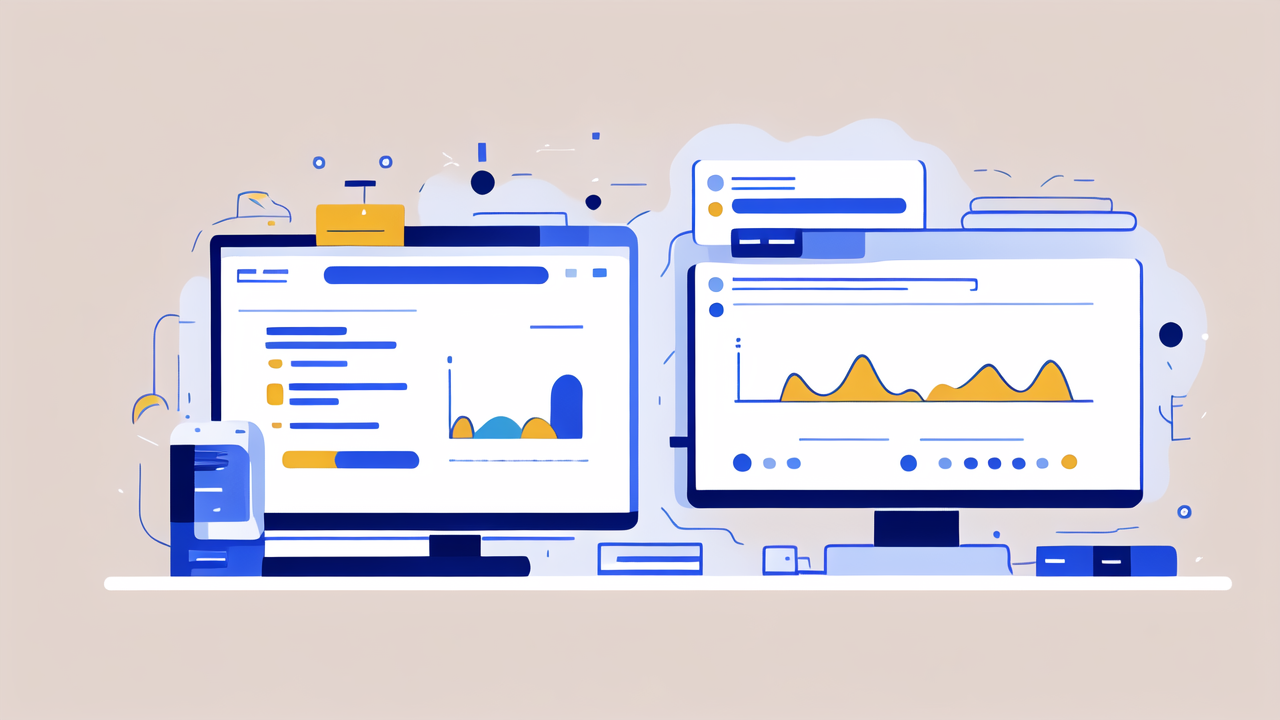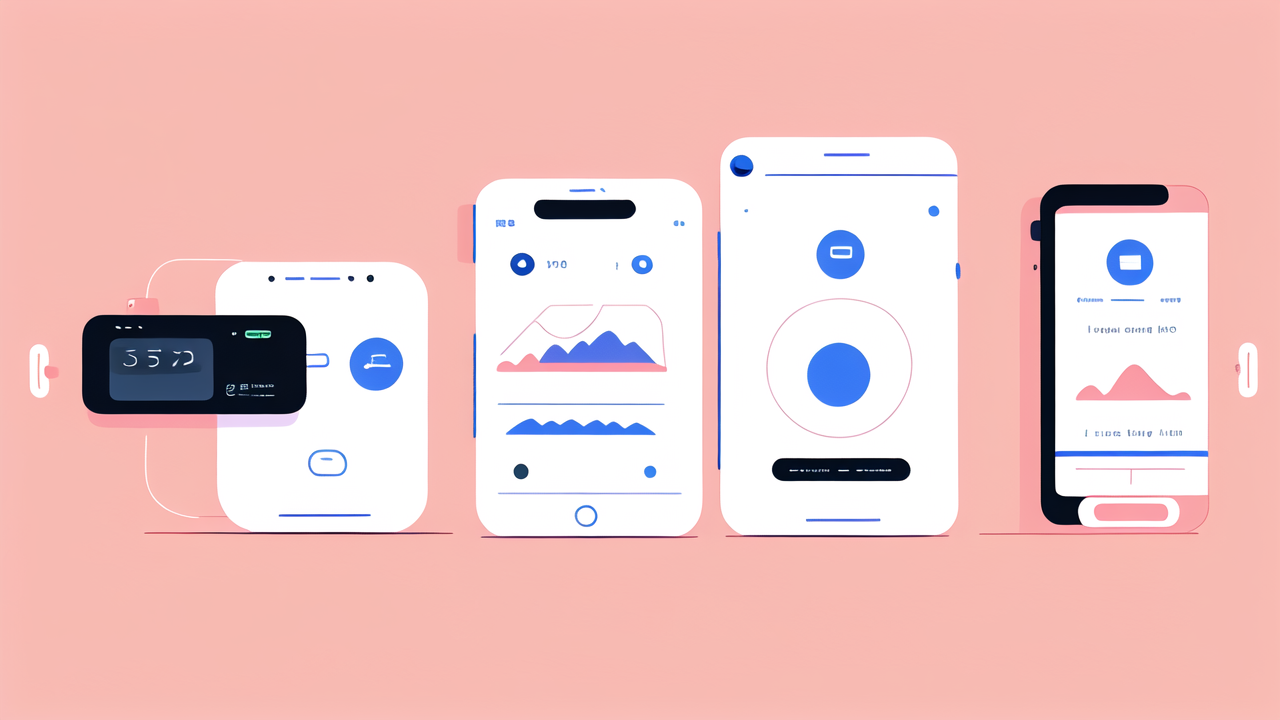Understanding Fila's Smart Watch and Health Monitoring Capabilities
The Evolution of Fila's Smart Watch Technology
Fila's journey into smart watch technology has been impressive. They started with basic fitness trackers. Now, they offer advanced health monitoring devices. Their latest models combine style with function.

Fila's first smart watches focused on step counting and sleep tracking. Over time, they added heart rate monitoring and GPS. Recent models include more complex health metrics. These include blood oxygen levels and stress monitoring.
The design has also evolved. Early models were bulky and sporty. Now, Fila offers sleek, fashionable options. They suit both athletes and everyday users. The evolution shows Fila's commitment to innovation in wearable tech.
Key Health Metrics Monitored by Fila Smartwatches
Fila smart watches track a wide range of health metrics. These include:
- Heart rate monitoring
- Sleep quality analysis
- Step counting and distance tracking
- Calories burned
- Blood oxygen levels
- Stress levels
- Menstrual cycle tracking for women
The devices use advanced sensors to collect data. They provide real-time feedback on your health status. This allows users to make informed decisions about their lifestyle and fitness routines.
Fila's smart watches also offer personalized insights. They analyze your data over time. This helps users understand their health trends and make improvements.
How Fila's Smart Watches Integrate with Health Systems
Fila's smart watches are designed to work with broader health systems. They can sync data with popular health apps. This includes Apple Health and Google Fit. This integration allows for a more comprehensive view of your health.
The watches can also connect to other fitness devices. This creates a complete ecosystem for health tracking. For example, they can pair with smart scales or blood pressure monitors.
Some models even offer features for medical monitoring. They can track irregular heartbeats or notify emergency contacts. This makes them valuable tools for managing chronic conditions.
Fila is also exploring partnerships with healthcare providers. This could allow direct sharing of health data with doctors. It's part of a trend towards more connected healthcare solutions.
Fila's Smart Watch in the Sports Industry: Enhancing Performance
Advanced Features for Athletes and Fitness Enthusiasts
Fila smart watches offer features tailored for serious athletes. These include:

- Multi-sport modes for accurate tracking of different activities
- Advanced GPS for precise route mapping and pace tracking
- Interval training programs
- Recovery time recommendations
- VO2 max estimates
The watches also provide real-time coaching. They can suggest ways to improve form or increase intensity. This turns the watch into a personal trainer on your wrist.
For swimmers, some models offer water resistance and swim tracking. They can count laps and identify stroke types. This makes them versatile for both land and water sports.
The Role of Fila Smart Watches in Training Regimens
Fila smart watches play a crucial role in modern training regimens. They help athletes track their progress over time. This data-driven approach allows for more effective training.
The watches can create personalized workout plans. These are based on your fitness level and goals. They adapt as you improve, ensuring continued progress.
Recovery tracking is another key feature. The watches monitor sleep quality and resting heart rate. This helps prevent overtraining and reduces injury risk.
Many coaches now use data from Fila watches to inform their strategies. They can see how athletes respond to different training loads. This leads to more tailored and effective coaching.
Case Studies: Athlete Success Stories with Fila
Several athletes have credited Fila smart watches for improving their performance. A marathon runner used the watch to optimize her pacing strategy. She shaved 10 minutes off her personal best.
A professional cyclist used the recovery tracking features to prevent burnout. He was able to increase his training volume without risking injury. This led to a podium finish in a major race.
A college basketball team incorporated Fila watches into their training. They used the data to fine-tune their conditioning programs. The team saw a 20% reduction in fatigue-related injuries.
These success stories highlight the practical benefits of Fila's technology. They show how data can translate into real-world performance gains.
Evaluating Consumer Satisfaction and Market Trends
User Experience: What Customers Say About Fila Smart Watches
Customer reviews of Fila smart watches are generally positive. Users praise the following aspects:

- User-friendly interface
- Accurate health tracking
- Long battery life
- Stylish design options
- Good value for money
Many users appreciate the balance of features and simplicity. They find the watches easy to use without being overwhelmed by data.
Some customers have reported issues with syncing to phones. However, Fila has been responsive in addressing these concerns. They regularly release software updates to improve compatibility.
Long-term users note the durability of Fila watches. Many report their devices lasting for years without issues. This adds to the overall value proposition of the product.
The Competitive Landscape: How Fila Stands Out
In the crowded smart watch market, Fila has carved out a unique position. They offer a mix of features usually found in more expensive brands. Yet, they maintain competitive pricing.
Fila stands out with its focus on sports performance. While other brands target general health, Fila caters to athletes. This specialization has won them loyal customers in the fitness community.
The brand also excels in battery life. Many Fila models last longer than competitors on a single charge. This is a key selling point for users who don't want frequent charging.
Fila's design aesthetic is another differentiator. They offer a range of styles from sporty to elegant. This versatility appeals to a broader audience than some tech-focused brands.
Future Trends in Smart Watch Technology for Health and Fitness
The future of smart watch technology looks promising. Some trends to watch include:
- Non-invasive blood glucose monitoring
- Advanced sleep analysis with sleep apnea detection
- Integration with virtual reality for immersive fitness experiences
- Improved AI for more personalized health insights
Fila is likely to focus on enhancing its sports performance features. We may see more sport-specific analytics and training programs.
There's also a trend towards longer battery life and faster charging. Fila is well-positioned to capitalize on this with their current focus on battery efficiency.
As health tracking becomes more advanced, privacy concerns will grow. Fila and other brands will need to address data security and user privacy robustly.
The integration of smart watches with telehealth services is another emerging trend. Fila may explore partnerships in this area to expand their health monitoring capabilities.




Leave a comment
This site is protected by hCaptcha and the hCaptcha Privacy Policy and Terms of Service apply.